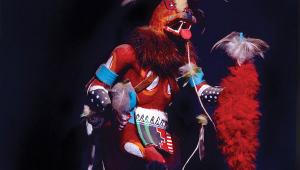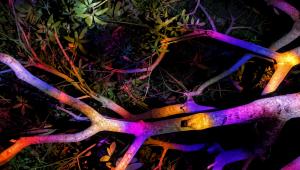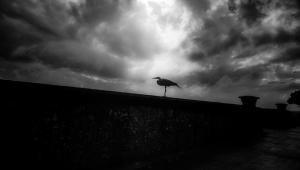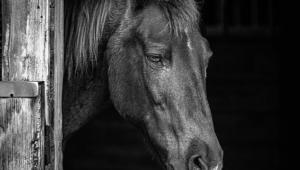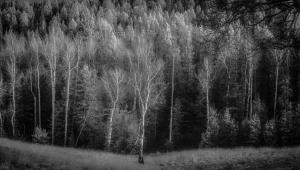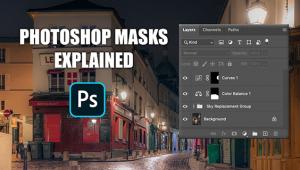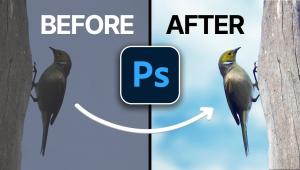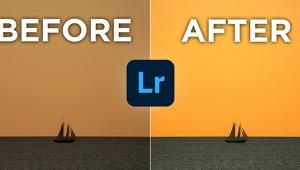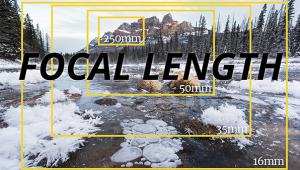A Look Back to the Future of Photography
While some prognosticators discussed the need for future innovations in technology, others, like educator Willard D. Morgan, spoke to the developing nature of photographers themselves. “I feel that the great changes in postwar photography will come from the creative amateur, who is not bound by commercial conventions.” Morgan, author of the Encyclopedia of Photography, added that he’d like to see changes coming from within the photographers themselves: “I would like to see discussion of the future center around the interpretation of the photographic idea. . . and in this way we will enter a new century of photography which will be challenging and exciting.”
With regard to photographic equipment, documentary photographer Arthur Rothstein noted “The camera of the present is a makeshift improvement on an old basic model with attachments as an afterthought.” He predicted that future cameras would be designed as part of an integrated system. “Cameras will be more specialized than they are now. The camera for the news photographer should have no bellows, a self-capping focal plane shutter, an accurate viewfinder, a built-in flash synchronizer, and will be able to take plenty of abuse.” He also discussed the need for compact interchangeable lenses.
Internationally acclaimed photographer/filmmaker Eliot Elisofon took these notions even further by predicting that it would be possible “to perfect the camera to the point where it will become an automatic instrument which will focus, expose and process the film by the mere push of a button . . . possessing an immediacy between seeing and recording unachieved by any other art.”
Noted Hungarian painter and photographer Moholy-Nagy was more concerned with the future development of photography as a form of artistic expression, insisting “photography is a plain, matter-of-fact enumeration of specific elements and is purely technical, not artistic in itself. The photographer of the future,” he predicted, “will know for what purpose these elements can be used . . .Then, with the mastery of the purely physical features of photography at his command, the photographer can go as far as his will of expression and his imagination will lead him.” Perhaps Moholy-Nagy summed it up best: “Without culture there is no photographer. Without understanding of man there is no photographer. There is just a clicker shutter snapper.”
For those who wish to read the entire article, you can find it here: http://people.rit.edu/andpph/giants/POP-PHOTO-future-1944.html.
- Log in or register to post comments






